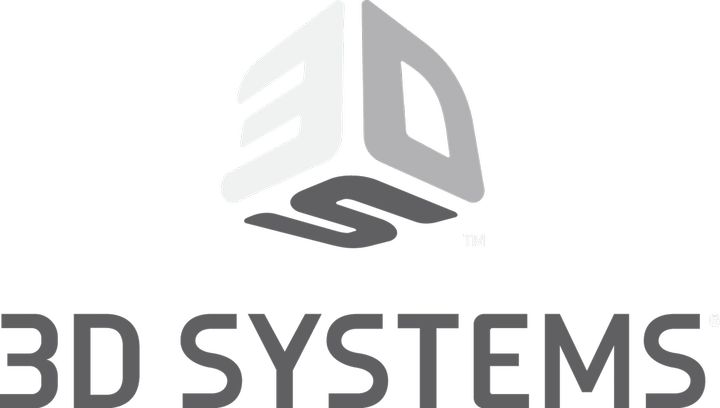
Given 3D Systems’ most recent financial results, some serious thought must be put into their strategies.
As you may know, the company’s stock price dropped over 20% as a result of their first quarter 2019 financial results. These results showed multiple negative signals, all suggesting they were having trouble selling machines, materials, services and more during the quarter. Many financial indicators were not positive, and that’s why the market chose to devalue their stock price.
The most shocking thing to me in their report was that they had lost US$24M during the quarter and funded it from their accumulated cash reserve that had been created during better times. After this quarter, that reserve is down to US$154M, meaning if they continue burning cash at the same rates, they have only a year and a half to survive.
This would seem to be a rather critical moment in the company’s history, as they had better make some changes very soon to avoid running out of cash.
To put that in perspective, it takes many months for a large corporation to put into play any new strategies, and so the remaining burn time would allow for only one or perhaps two major strategy changes to be executed.
They say to achieve a different result one must do different things; the same strategy will result in the same result. Thus I suspect 3D Systems’ board of directors may be interested in changes that have not yet been attempted.
But what might those changes be? I’d like to speculate on some actions the company might take.
Switch Management: This is commonly done by corporations when troubles appear, and in fact this has already been done by 3D Systems. Their current management was recruited a couple of years ago with the intentions of them remaking the company into a profitable state. That has not occurred yet, despite implementing a number of new strategies. 3D Systems’ board may decide to change leadership in an effort to provoke different approaches.
Raise Cash: It’s possible the company could sell more of its own shares to the public or an investor in order to raise cash for continued operations. However, such sales would have to be accompanied by a clear statement of new approaches and strategies to achieve profitability otherwise investors may not be interested. It’s also possible 3D Systems could sell assets of various types to raise cash, but again, without a long-term strategy, why do so?
Radical New Products: In the fast-moving world of 3D printing, there are always hot new products that quickly slurp up segments of the market. Evidently the Figure 4 has not yet had this effect. This would be a very good time for 3D Systems to unveil something with those characteristics, but we don’t know if they have anything specific being designed in their secret labs. Hopefully they do. Incremental improvements on existing products will not make a substantial difference here; something radically new is required.
New Markets: Many 3D printer manufacturers have succeeded by addressing the needs of specific vertical industries, such as education, dental and others. 3D Systems has been focusing on healthcare for some time, but perhaps it’s time to open up a new vertical industry strategy?
Sell The Company: As time grows shorter, it may be the moment to consider selling all or part of the company to another entity. It’s not clear who would be interested in buying their business, but perhaps some of their assets, in particular their numerous patents, could be considered of high value by some. At one point in the past, HP might have been a potential buyer, but since then that company has gone on to develop their own 3D printing technologies, and thus would have little interest in 3D Systems.
Change The Business: In 2015 3D Systems chopped off their entire consumer 3D printing business when it became clear that avenue was not going to work. Perhaps a similar analysis could be done today to determine what parts of the company are not going to be profitable and discontinue them.
I have no idea what 3D Systems will do over the next year or so, but it had better be dramatic.











The debate over use of proprietary or open materials ecosystems is becoming a big topic in 3D printing.